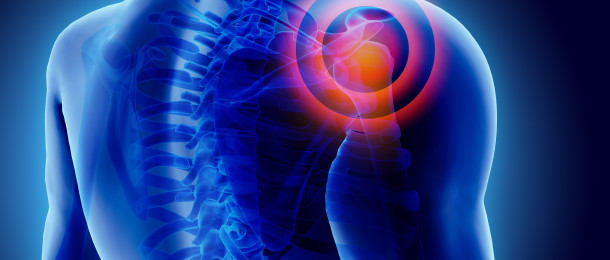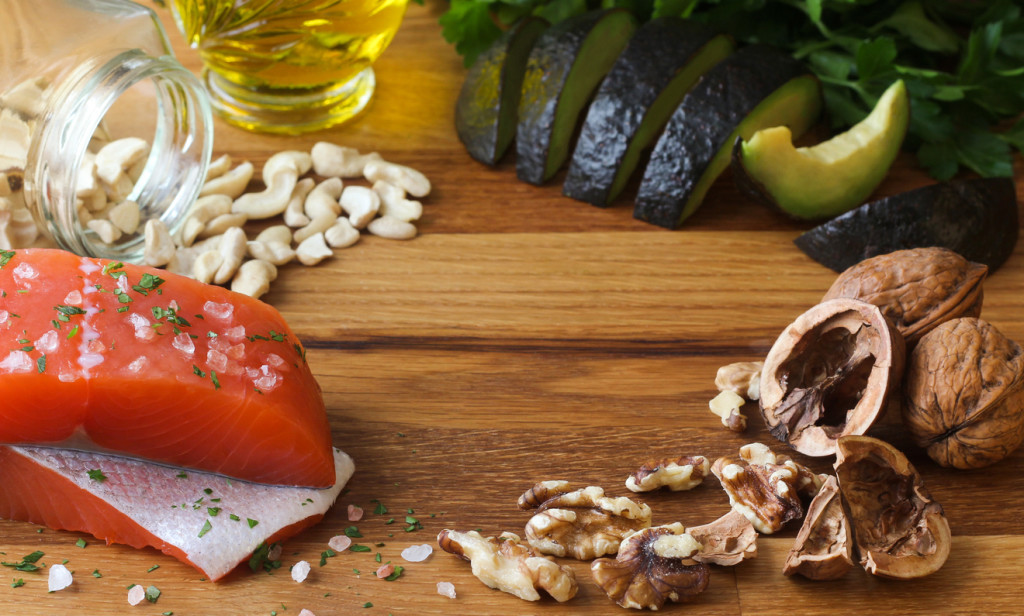Natural Pain Relievers and Anti-Inflammatories

Medication is not the only reliable way to relieve pain – and for many, long-term medication is not a very suitable way to relieve chronic pain, which can plague a person for years. While most of our pharmaceutical options rely on natural extracts anyway, there are specific benefits towards applying some of nature’s own natural pain relievers in their original form.
But to understand why the common advice of ginger, turmeric, and less known relievers such as cloves all work in the face of specific forms of pain, it’s important to cover the basics of chronic pain, and the common cofactor of physical inflammation in the human body.
Chronic Pain and Inflammation
Chronic pain is a condition wherein a person experiences the sensation of pain regularly for over twelve weeks. Pain experienced regularly within that period is most likely acute. This pain is a derivative of a specific wound or injury, and fading as per the body’s own natural healing.
But our bodies are far from perfect. Through a range of possibilities from nerve damage, to inflammation and psychological illness, the body can achieve a state of chronic pain. Permanently treating chronic pain isn’t always possible, depending on its origins. The primary focus for medicine and treatment is to first look towards effective, long-term relief, while trying to identify the cause and an ultimate solution.
That’s where the science of pain management is most significant. Chronic pain management is a very broad school of knowledge, but its roots lie in understanding how pain travels from the body to the brain and back, and how specific pain relievers can block or counteract the signals.
Types of Inflammation
Inflammation isn’t always directly related to chronic pain, but it’s most definitely a part of pain in general. Inflammation is most often seen in the form of arthritis, a widespread joint inflammation that causes chronic joint pain. It occurs when an injury, infection, or other type of physical irritation or sickness causes the body to heat up and increase the overall sensitivity of a specific part. An inflammation around a wound is typically a sign of infection, for example. As the body’s immune system is working hard to fight foreign bacteria through white blood cells, the increased activity results in heating up the wound, and making it more sensitive to discourage any contact.
If you cut yourself or break a bone, then any attempts to touch the injured area will result in extreme discomfort. Even with a mild or soft touch will hurt, to prevent further damage – the same thing happens in an inflammation.
The problem when inflammation is tied to chronic pain, is that the inflammation may not go away. Aside from the obvious drawback of near-constant pain, an inflammation anywhere in the body will weaken you tremendously, and sap your energy.
In many cases of chronic pain, fighting not just the pain but specifically fighting to lower any internal inflammation often works to further decrease pain. When it comes to natural pain relievers and anti-inflammation, the options for application remain the same: external, and internal.
Topical Natural Pain Relievers
Pain relief often comes in the form of creams and ointments. There are several naturally-derived ointments that are perfect for quick pain-relief, especially in cases of back pain and arthritis. A few examples include:
Among these three Cs, camphor is most often found in ointments and paired with menthol. Capsaicin is the active element in hot peppers. It’s unique nerve interaction causes it to become an effective numbing agent when used right. Comfrey shouldn’t be ingested, but is an active ingredient in a topical cream it is effective for pain management.
Pain Relief Through the Diet
Let food by thy medicine – and despite thousands of years of progress in the sciences, Hippocrates early wisdom still holds true. While a good diet won’t exactly patch up a knife wound or splint a broken arm, most preventative diseases can be greatly diminished and even avoided entirely through healthy lifestyle choices. Genetics, environmental factors such as pollution and even psychological factors can still skew the outcome against you. However, healthy food can keep you fit – or in this case, relieve a lot of pain.
Foods That Lower Inflammation
There are quite a few ways to relieve pain and lower inflammation through food, including:
- Willow bark tea
- Turmeric
- Omega-3 and omega-6 foods
- Other fats
- Leafy greens
- Berries and citrus fruits
Willow bark and turmeric are ancient natural pain relievers, and modern-day aspirin specifically derives from willows. Omega-3 fats are present in seed oils and most plants, while omega-6 fats are in seafood. The trick is doing your best to maintain a low ratio of the two. Research shows that doing this greatly decreases inflammation – rather than just eat more fish, cut down on all seed oils.
Healthy fats come in many shapes and forms. Avocados, coconut, lean meat, fish, and olives are great sources of fat, while seed-derived oils, lard and margarine aren’t. A healthy balance of green vegetables and various fruits also decreases inflammation. Although the jury is still out on exactly why this is, as antioxidants may not be as important as we’ve thought.
Foods to Avoid
Sometimes, what you don’t eat matters as well. There are specific foods to avoid when you’d like to decrease your pain and inflammation, and stay healthier in general. These include:
- Refined sugars/carbs (including white bread and pasta)
- Canned and/or processed meats
- Trans fats, margarine, shortening
- Fried foods (excessive seed oils)
Acupuncture
Other natural pain relievers to consider are a bit more exotic, but shows a kind of promise that is not to be ignored. Acupuncture, an ancient medical practice, is surprisingly effective in many cases of chronic pain although we can’t really say why. The answer might lie in future research, or in the simple placebo effect. Either way, it’s a type of therapy that, considering the odds, would be well worth a shot.
It’s possible that just like acupuncture, some of these topical or natural pain relievers won’t function well. We humans do have a shared biology, but we’re still individually unique – certain factors from genetics to diet and medical history may mean that some tools are far less effective than others. It all depends on the origin and kind of chronic pain being experienced, as well. In terms of anti-inflammation, however, it’s more straightforward and generally applicable. Diet is an effective way of controlling your body’s inflammation, and with time, a good diet and regular exercise can help you lead an enjoyable and fulfilling life even with the diagnosis of chronic pain.


